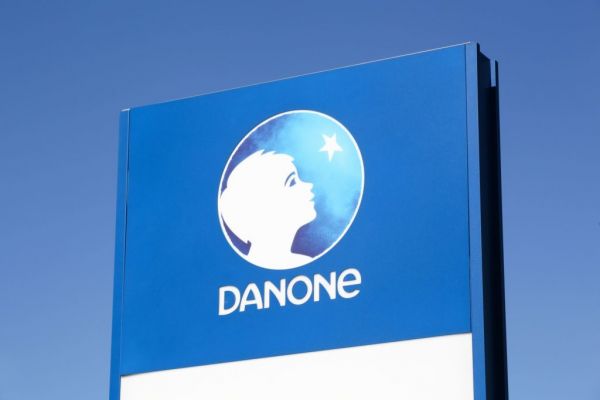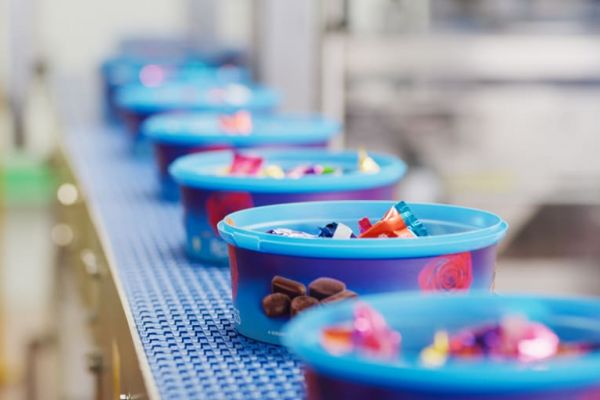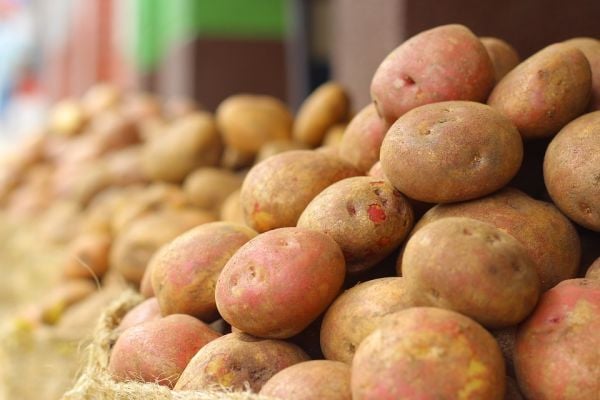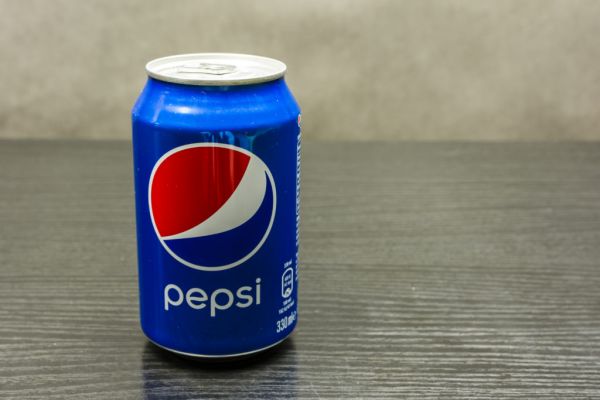Danone, one of the world's biggest dairy companies, said on Tuesday that it plans to cut absolute methane emissions from its fresh milk supply chain by 30% by 2030 by working with farmers, other companies and governments on regenerative practices.
Methane emissions have emerged as a top threat to the global climate, with scientists and policymakers calling for aggressive action to curb them.
At the 2021 UN climate summit in Glasgow, Scotland, more than 100 countries pledged a 30% cut from 2020 methane emissions levels by 2030.
However, few have since carved out clear plans to reach that goal.
Danone, which works directly with 58,000 dairy farmers across 20 countries, expects to remove 1.2 million tonnes of carbon dioxide equivalent of methane emissions by 2030. Between 2018 and 2020, the French company had reduced its methane emissions by about 14%.
Danone said it will launch four new initiatives this year for methane reduction in Africa, Europe and the United States.
It is also launching a partnership with US non-governmental organisation Environmental Defense Fund, and working with the United States Department of Agriculture and the European Commission-funded Climate Neutral Farms project.
Simple Techniques - Big Impact
Simple techniques can have a big impact, said Chris Adamo, vice president of regenerative agriculture policy at Danone.
"In Belgium and Spain, for example, we're looking at a variety of different manure options. We've been finding that, for example, with one technique that is just different management of manure, you're literally removing the liquids so that the solids dry -- the solids then become a better substitute, actually, in many cases for synthetic fertiliser on the crop side as well. But that mere separation itself can have anywhere from a 25-35% reduction in methane from the manure itself," Adamo told Reuters on a phone call.
Danone declined to comment on how much it would spend on its plans.
"The costs are really, frankly, somewhat unknown, or early days in terms of estimating because these are new technologies that are coming out," Adamo said.
Industrial Sources
About 60% of the methane in the atmosphere comes from industrial sources, including oil and gas pipelines and drill sites, as well as feed lots, croplands and landfills.
Dairy production from cattle makes up an estimated 8% of total human-caused methane emissions, as part of agriculture and livestock activities which represent approximately 40% of global methane emissions, Danone said.
Going forward, the company will report on its methane emissions as part of its extra financial disclosure.
News by Reuters, edited by Donna Ahern, Checkout. For more A-brand news, click here. Click subscribe to sign up for the Checkout print edition.









